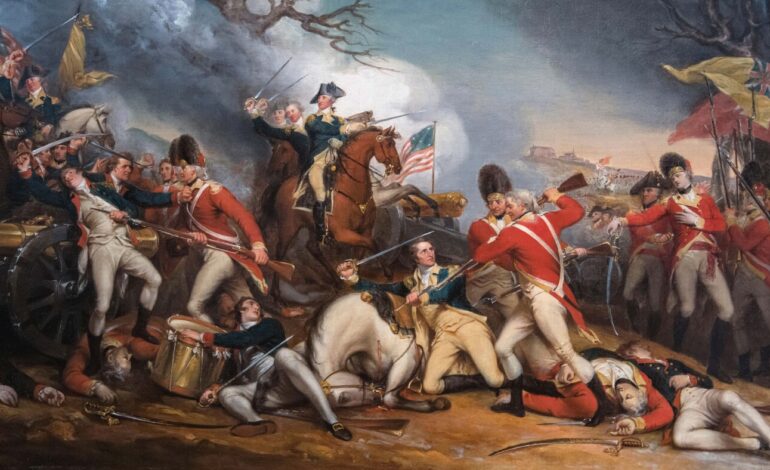Ken Burns’ ‘The American Revolution’ Redefines U.S. History Narrative

Ken Burns, renowned documentary producer and director, has unveiled his latest work, a six-part series titled The American Revolution, which aims to reshape perceptions of U.S. history. Following the success of his acclaimed series, The Civil War, Burns revisits familiar territory by focusing on the Revolutionary War. This series, which premiered on PBS, showcases his signature storytelling techniques while delving into a pivotal era that laid the foundation for the United States.
Burns’s extensive filmography includes in-depth explorations of key historical figures and events, such as the biographies of Thomas Jefferson and Benjamin Franklin. He has a proven track record of engaging audiences through the evocative use of music, historical quotations, and dramatic reenactments. In The American Revolution, these elements come together to create a captivating narrative that highlights the complexities of the era.
One notable challenge of this project lies in the absence of photographs from the Revolutionary War, a gap that Burns and his team creatively address. Co-directed by Sarah Botstein and David Schmidt, both of whom have collaborated with Burns for years, the series employs war reenactors positioned in actual historical locations. Unlike many documentaries that may appear contrived, this series opts for close-up shots of actors’ hands, boots, and other body parts, enhancing authenticity without revealing their faces. Additionally, the use of drone footage to capture battle scenes adds a striking visual element, elevating the storytelling to an artistic level.
Exploring Battles and Perspectives
The series delves into the specifics of individual battles, providing insights that many viewers may not have encountered in traditional history classes. Animated maps illustrate troop movements and positions, bringing clarity and vibrancy to the events. Veteran narrator Peter Coyote lends his authoritative voice, guiding viewers through the historical landscape with confidence.
In keeping with his previous works, Burns emphasizes the experiences of ground troops alongside those of prominent leaders. The narrative incorporates perspectives from various groups, including Native Americans, revolutionary women, and enslaved individuals, who are often overlooked in conventional histories. This multifaceted approach humanizes both the Loyalists and Patriots, shedding light on the motivations that influenced their allegiances. Notably, the series explores why some Native tribes, such as the Shawnees, sided with the British in hopes of protecting their lands.
The sheer number of battles covered in the series underscores the determination of those who fought for the principles of a Federalist society. The American Revolution serves as a reminder that the struggle for a more perfect union continues, urging viewers to reflect on the historical context and its implications for the present day.
As audiences engage with this compelling narrative, they are encouraged to rethink their understanding of American history. Through innovative storytelling techniques and a commitment to diverse perspectives, Ken Burns’s The American Revolution stands as a significant contribution to the ongoing dialogue about the past and its relevance to contemporary society.





